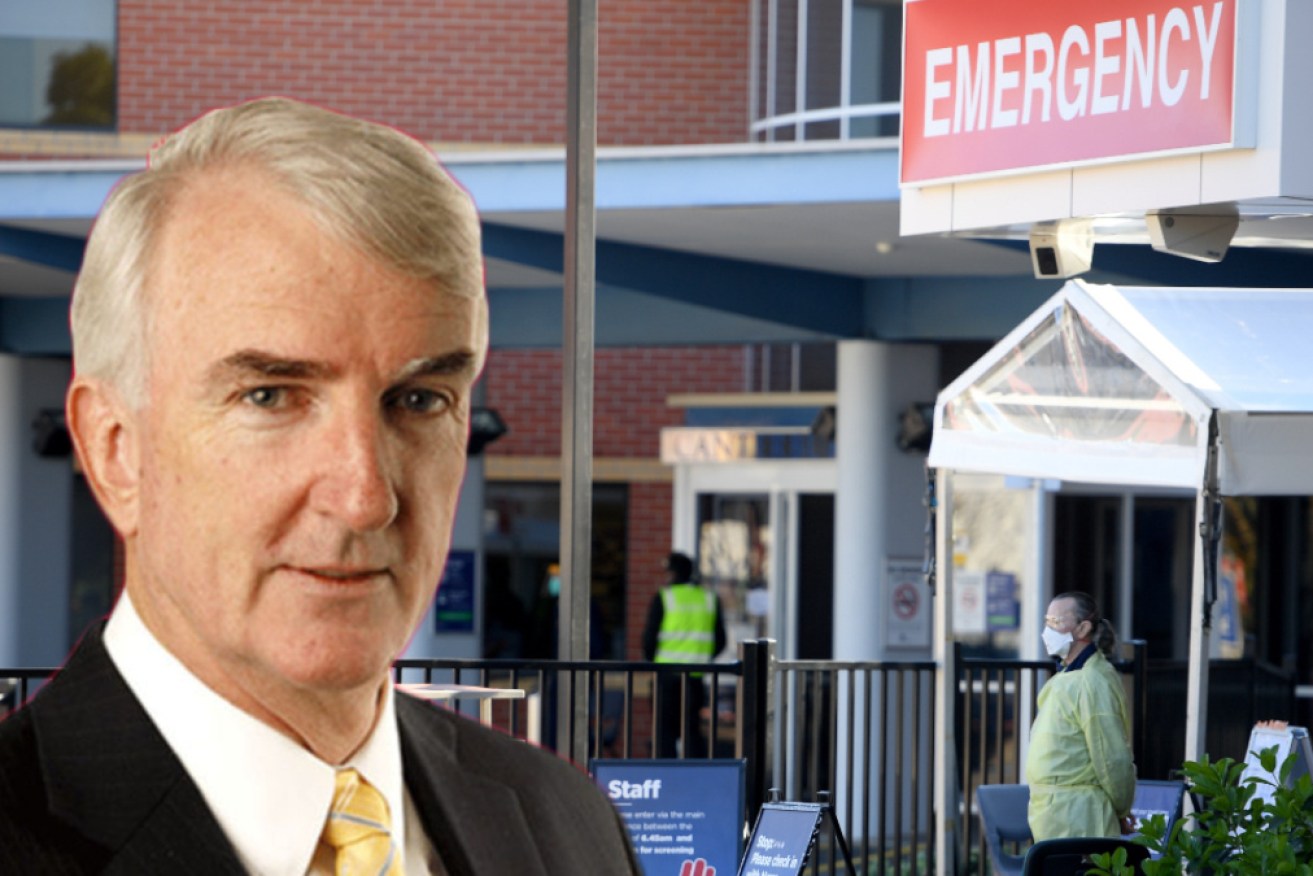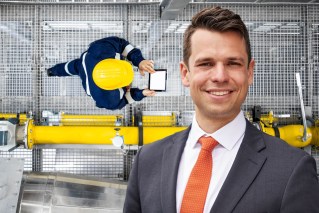Michael Pascoe: Harder times ahead for NSW hospitals, but other states worse


The latest figures on ICU capacity point to troubling times ahead for the whole country.
The New South Wales hospital system is already “stretched”, to use the euphemism du jour, while threatened with a doubling of hospitalisations next month.
And if that’s worrying, consider this: All the other states have proportionately lower intensive care unit capacity than NSW.
The latest common operating picture summary shows NSW had ICU capacity of 1 to 9500 people on Thursday.
Victoria was 1 to 15,600 people as its virus cases mount, Queensland 1 to 13,800 and Western Australia 1 to 22,700.
No wonder WA is desperate to keep its borders closed and the virus out – its hospital system is already in trouble without COVID.
Non-urgent surgeries in Perth have been put on hold for at least a month.
WA had ICU capacity of 119 staffed beds last week, down from 141 at the end of August last year and 134 on July 1 when the NSW COVID outbreak was young.

Hospitals around Australia are already on notice. Photo: AAP
South Australia and Tasmania – the states with Liberal premiers flying under the political radar on the alleged national plan for opening up – have ICU capacity ratios of 1 for 11,500 people and 10,800 people respectively.
Those ratios are in keeping with the NSW figure of 11,100 on June 24 when the Sydney outbreak was a baby.
NSW had ICU capacity of 740 then with no COVID patients in ICU and 861 on Thursday with 170 ICU patients representing 20 per cent of capacity. On Sunday, COVID patients in ICU had increased to 175.
Having declined to clarify ICU capacity numbers last week, the NSW government is promising details on Monday, including modelling of just how bad the hospitalisation numbers are expected to get in the forecast peak next month.
Premier Gladys Berejiklian had spoken of quadrupling ICU capacity, a claim perhaps confused with quadrupling the number of ventilators – a very different matter.
The quadrupling claim had been reduced to “tripling” last week, based on the Premier’s loosely-worded base number of “500 to 600” beds. But NSW had 874 ICU beds in 2018.
ICU capacity has been increased by 121 beds (16 per cent) since the start of the present outbreak. That’s a long way short of the minimum 1000+ extra beds alluded to by Ms Berejiklian.
Every story coming out of the hospital system is one of already stretched staff – the most vital component of maintaining the health service.
Those on the NSW front line – paramedics, orderlies, cleaners, doctors, nurses, administrators – are already carrying heavier loads than their Victorian counterparts did at the peak of that outbreak last year.
However the NSW government spins its “tripling” or “quadrupling”, there’s a massive task ahead for our health workers.

NSW Premier Gladys Berejiklian and Health Minister Brad Hazzard have a worrying reality ahead. Photo: AAP
On Thursday’s common operating picture, the only categories for NSW not flashing red or amber were notifying of infected people within 24 hours of being tested, notifying close contacts to quarantine within 48 hours and the percentage of cases among international air arrivals.
(There was a lower percentage of cases among overseas arrivals – 0.65 per cent last week – than in the Sydney community, underlining the inequity of negative-tested, fully vaccinated arrivals forced into hotel quarantine when there are 24,000 known active cases in home quarantine or hospital and another few thousand untested cases at large.)
The public health workforce, including surge capacity, is in the red category of “receiving support”. It will need more support than exists, meaning we are asking our health workforce for a superhuman effort.
The ratio of new community cases not in quarantine last week to new cases already in quarantine was nearly 4 to 1 (6053 to 1541). The week before, the ratio was 2.8 to 1 (4125 to 1485).
That blowout is the clearest indication of the horse not only having bolted, but that it is taking the cattle and chooks into the wild with it.
With the government forecasting worse to come, the Doherty modelling assumption of tracing remaining up to the task can no longer be assumed.
A figure to worry Victorians is that last week the balance of new cases in the community versus those already in quarantine flipped.
The prior week, new cases in quarantine outnumbered new cases in the community by 257 to 158. Last week it was community 412 to 257 in quarantine.
That was the sort of number NSW had on July 22 – 440 to 264. It has been rapidly downhill from there.
What it all adds up to is the 70 and 80 per cent vaccination “magic numbers” (actually 56 and 64 per cent of the population) meaning less by the day.
As the key players now admit, the real number for “freedom” is the imprecise one of how many hospitalisations and ICU admissions the health system can handle, not the vaccination rate.
It is not possible to imagine WA, SA, Queensland or the Northern Territory opening up to infected states short of that sort of vaccination figure either, given their ICU capacity – especially WA.
That’s if they have a choice, if Delta doesn’t inevitably find its own way.
As previously explained, available ICU capacity isn’t just the canary in the coalmine for the hospital system, it’s more like the heart of the machine – what makes all surgery and dealing with severe trauma possible. When the heart can’t beat any faster to meet greater demand, other organs shut down.
However the NSW Premier and Health Minister present it, surging ICU capacity from here will mean making do, spreading trained staff very thinly and asking a great deal of them.
Non-COVID patients who would normally be in a fully equipped ICU ward will instead end up in improvised high dependency care.
Triage will mean some of the least-ill and most-ill patients will not receive intensive care.
There is no alternative.
Spelling that out might scare the public, rather than prepare them.
Greater public knowledge might not be viewed by policy advisers as helping the situation.
That sniffs of political imperatives rather than trusting the public and thereby earning the public’s trust.
With integrity in politics at a low ebb, this is no time to be less than totally straight about the unfolding crisis.








